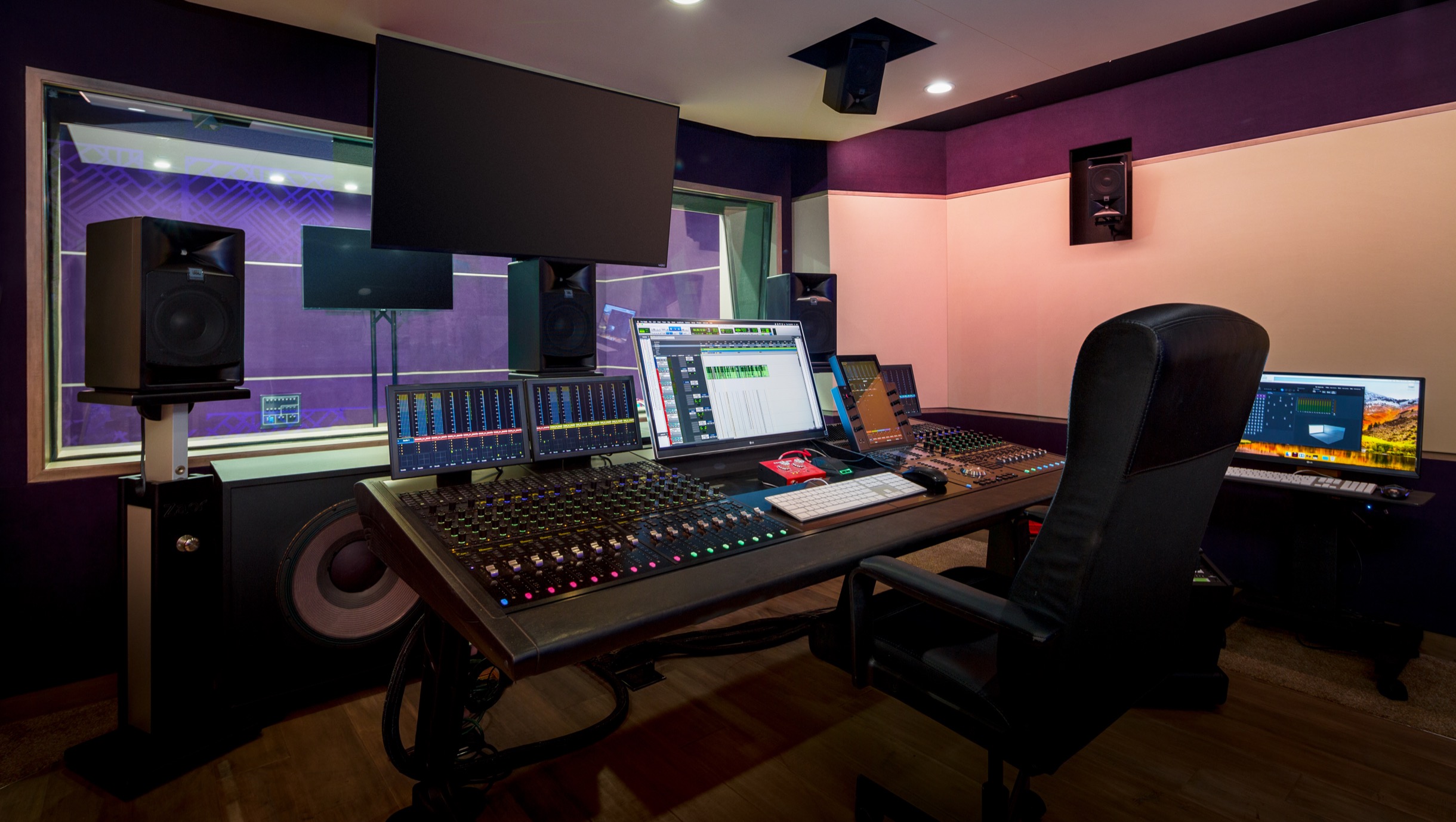

Machijiri agreed, and Hidley worked with former Pioneer speaker designer Shio Kinoshita on the project. Once built, the better-sounding room would be kept, while the other would be demolished and rebuilt to match the better-sounding room. In 1980, Hidley sold Eastlake and moved to Hawaii, intending to retire, but when Harumitsu Machijiri wanted Hidley to design Sedic Studios' new facilities in Tokyo, Japan, Hidley accepted under the condition that he would design and build two rooms: the first a Westlake/Eastlake design, and the second a new, improved design. Sierra Audio, a sister company to Kent Duncan's Burbank recording studio Kendun Recorders, was formed to represent Eastlake Audio in the Western Hemisphere, South America and the Pacific. His partners unanimously opposed the idea, so Hidley sold his share of Westlake and founded Eastlake Audio in Switzerland, where he continued to design studios and sell monitor speakers. In 1975, after completing three new Westlake-designed studios in Europe, including The Manor Studio in England, Mountain Studios in Switzerland, and, Hidley returned to the US and proposed opening a European Westlake Audio office. Westlake was highly influential in standardizing acoustic design in the recording industry, with prospective studio clients commonly seeking out "Westlake rooms."
WESTLAKE AUDIO STUDIO MANAGER IN 1980 PRO
Westlake specialized in selling complete recording studio packages, including not only the design and construction of a studio space, as well as all of the related pro audio equipment, including a line of Hidley-designed speakers. In 1971, Hidley partnered with Glenn Phoenix and Paul Ford to open Westlake Audio on Wilshire Boulevard. While at Record Plant, Hidley also began selling pro audio equipment system packages from the garage of his home in Westlake Village, naming the company Westlake Audio.

Hidley's studio design innovations continued, including the drum booth and the use of sliding glass doors to separate isolation booths from live rooms. Record Plant West opened in December 1969, with Hidley becoming director of technical operations for all Record Plant locations. Kellgren and Stone visited TTG and were so impressed with Hidley that they contracting Hidley to design a new Record Plant studio in Los Angeles. In 1968, after visiting Hidley's studio with Animals frontman Eric Burdon, Jimi Hendrix excitedly told Record Plant founders Gary Kellgren and Chris Stone about how great the studio sounded. At TTG, Hidley modified an 8-track recorder to create one of the first 16-track, 2-inch tape recorders in the world. ĭuring his time at A & R, Hidley had begun to experiment with building monitor speakers whose frequency range extended to lower frequencies than the available speakers of the time. Also employed by A & R at that time was Ami Hadani, and in 1965, Hidley and Hadani left A & R and moved to Los Angeles, where together they founded TTG Studios. Two years later, Phil Ramone hired Hidley as the audio technical manager of A & R Recording. Among the first to own a Muntz car stereo was Frank Sinatra, and through Sinatra's purchase, Hidley became known to a Sinatra associate Val Valentin, who invited Hildley to assist in the building of the MGM/Verve recording studios in New York in 1962. In 1959, " Madman Muntz" hired Hidley to assist in the development of the first car stereo. and performing audio engineering of custom installations, including installations in the homes of Frank Sinatra, Ella Fitzgerald, Lucille Ball, and Danny Kaye. By 1956, he was working for JBL Loudspeaker Co. Turning to other music-related activities, Hidley began working at loudspeaker and tape-machine companies while recording at clubs after-hours. Career Background and early career Īs a teenager, Hidley spent long hours playing the saxophone, clarinet, and flute, until ordered by his physician to cease after suffering a physical breakdown.


 0 kommentar(er)
0 kommentar(er)
